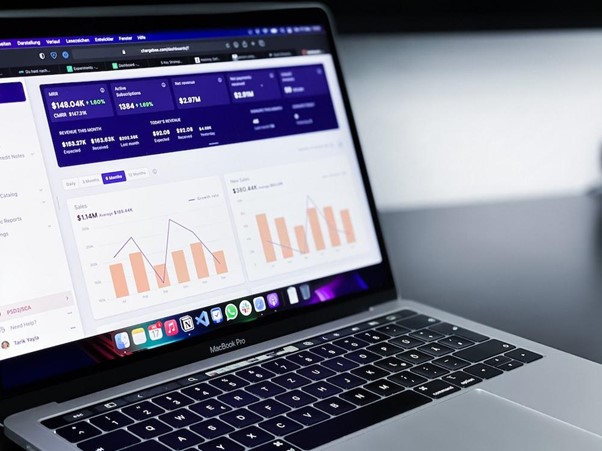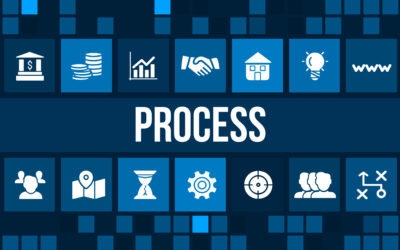
Use Airtable as Your Business Growth Engine: Real-World Use Cases & Strategies
In today’s fast-paced business environment, maximizing efficiency and streamlining processes are crucial for achieving sustainable growth. Airtable, a versatile platform for project management automation, team collaboration, and business operations, offers a powerful solution to empower your company. This blog post explores eight innovative ways to utilize Airtable for business growth to enhance efficiency, optimize resource management, and foster seamless team collaboration, propelling your business toward success.
In this article…
You’ll learn 8 ways to improve your project management skills using Airtable.
- Enhance Team Coordination with a Shared Calendar
- Simplify Resource Management with Custom Spreadsheets
- Boost Productivity through Automation
- Keep Projects Aligned with Real-Time Updates
- Organize Workspaces by Linking Records
- Flexible Task Scheduling Options to Suit Any Project
- Centralized Documentation for Easy Collaboration
- Expand Functionality with Custom Apps








